The 10 Most Dangerous Movie Sets In History
Modern movie health and safety standards protect cast and crew from harm as best they can, but it wasn’t always this way, and there’s no way to protect against freak accidents or acts of God. These are the 10 most dangerous movie sets ever staged…
‘Apocalypse Now’ (1979)

Just as Colonel Kurtz descended into madness, so did Francis Ford Coppola slide slowly towards insanity while making Vietnam horror 'Apocalypse Now’. The movie was already delayed and way over budget when Typhoon Olga completely destroyed the sets; production designer Dean Tavoularis recalls watching the rain “until it was literally white outside” and the trees were “bent at a 45 degree angle”.
- Why R2-D2 and C3PO Secretly Hate Each Other
- 10 Visual Effects That Changed Hollywood Forever
- 4 Movies Funded By Dictators
Production was besieged by problems, not least the civil war that was tearing the Philippines apart at the time, meaning there was a constant need for bodyguards and security (one night the entire payroll was stolen). The cast buckled under the strain: Dennis Hopper was famously off his rocker and demanded cocaine before he’d shoot his scenes, while lead Martin Sheen suffered a near fatal heart-attack on set and had to struggle for a quarter of a mile to find help. He was back on set just over a month later.
'The Conqueror’ (1956)

If the makers of John Wayne’s Genghis Khan biopic thought negative reviews were the worst thing that could possibly happen to them, they were wrong. The movie, with Wayne epically miscast as Mongol warlord Khan, shot on location in Utah, 137 miles downwind of an above-ground nuclear test site in Nevada. Tragically, over time, a huge percentage of the film’s cast and crew started showing signs of cancer, thought to be due to the proximity of radiation. The director, Dick Powell, died of cancer seven years later; Wayne and co-stars Susan Hayward and Agnes Moorhead died of cancer in the 70s; even visitors to the set were struck ill with tumours. People Magazine ascertained that of the 220 members of the film’s cast and crew, 91 of them developed cancer and 46 of those died as a result. No legal case has ever been filed.
'The Omen’ (1976)
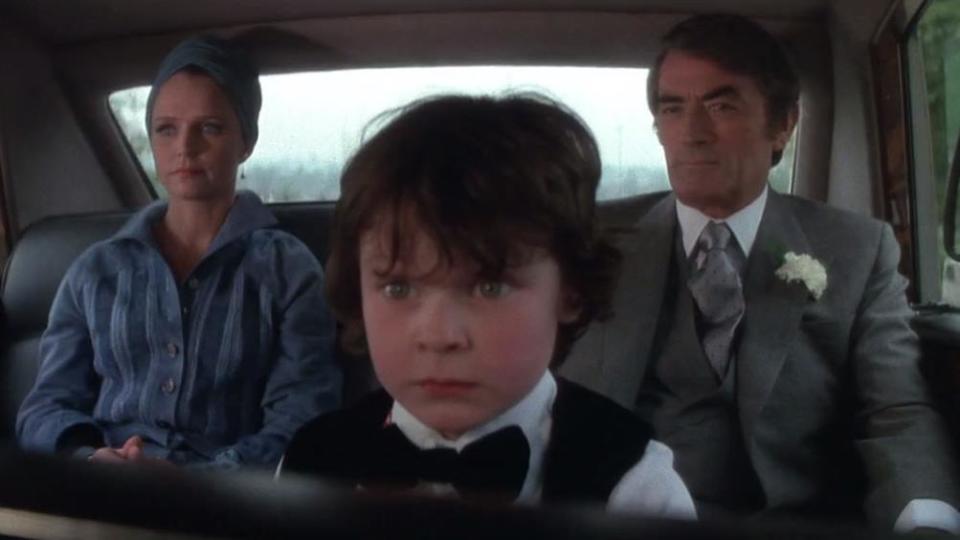
Call it a curse or just good old fashioned bad luck, but working on the set of 'The Omen’ turned out to be a serious health risk. Cast and crew suffered not one but three separate lightning strikes mid flight; a hotel that producers stayed in was bombed by the IRA, as was a restaurant the cast were scheduled to visit; a tiger handler on the movie died during filming; a plane that was scheduled to be used on set was rescheduled as a commercial airliner and crashed, killing everyone on board. Most spooky is the tragic accident involving special effects consultant John Richardson, who was in a car crash that killed his assistant. Richardson emerged from the wreck, looked up and saw a road sign reading 'Ommen, 66.6k’. Also the date was Friday the 13th. Nope. Nope nope nope.
'Roar’ (1981)
Poor Tippi Hedren. Having survived death-by-pecking during Hitchcock’s 'The Birds’, she must have thought her days of being menaced by animals on set were over. Maybe she didn’t read the smallprint in her contract for 'Roar’. The movie sees Hedren and her three children (including her real daughter Melanie Griffith) return to see their husband only to discover his wild animals have gone really, really wild.
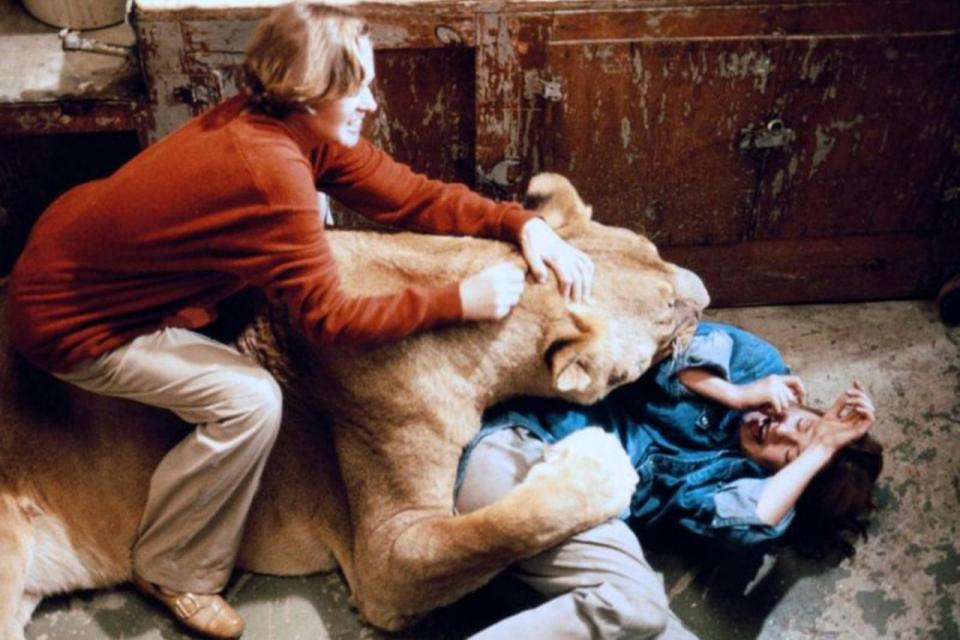
Shooting was carnage and several animal attacks were real and captured on film; Hedren was bitten in the neck by a lion and later required 38 stitches, but the take was kept in. Griffith was also attacked, requiring 50 stitches to the face; Jan de Bont on lensing duty was mauled by a lion and had to have his scalp reattached; the assistant director had his throat bitten open and almost had an ear ripped off. There’s a reason Disney used CG animals in 'The Jungle Book’ remake.
'Fitzcarraldo’ (1982)
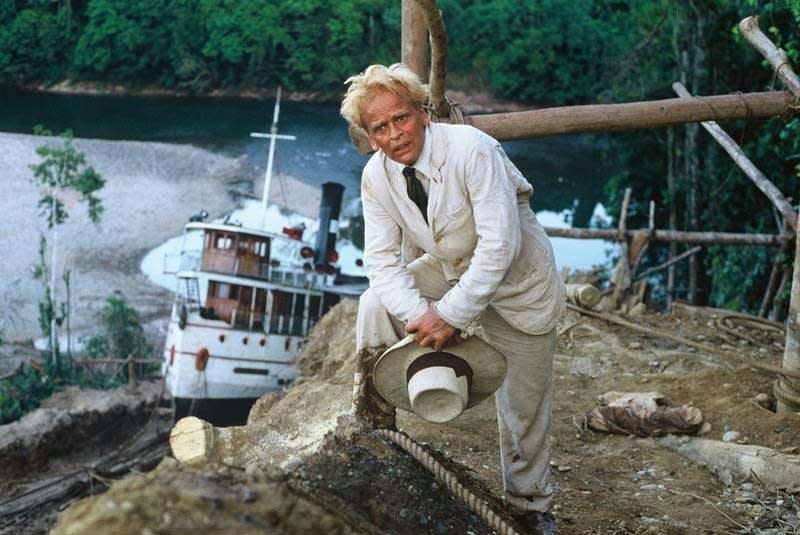
Director Werner Herzog went method in making his own mission impossible movie: the story called for an entrepreneur to hoist a huge 320-tonnes steamship over a steep hill in Peru to access a rich new mine of resources downstream, so Werzog attempted to stage it for real. This real-life Sisyphean task angered his cast and crew, who worked their fingers to the bone compensating for the lack of special effects – several crew members were injured staging the lift. Lead actor Klaus Kinski frequently raged at the pointlessness of it all, which upset the Peruvian natives working as extras on the movie. Herzog later claimed that the native chief offered, completely seriously, to kill Kinski for him, but the director declined… because he needed him to finish the movie. What a professional.
'Ben-Hur’ (1959)

Truly an epic of epic epicness, 'Ben-Hur’ was an iconic movie but a gruelling experience for those who worked on it. 1000 builders worked tirelessly for over a year to carve the famous chariot racing arena from a rock quarry, while wranglers had to manage thousands more extras hired for filming, who would riot when they weren’t needed. The chariot race itself was fast and furious and carried the very real threat of death to the brave stuntmen willing to risk being trampled by a dozen horse hooves; stuntman Joe Canutt was tossed in the air by accident, cracking his chin on the chariot, but the shot was used to create the exciting set-piece where Tony Curtis clambers back up his horse. Rumours persisted that a stunt actor was killed during shooting and subsequently covered up, corroborated by film stuntman Fred Powell’s autobiography, but it has never been proven.
'Hell’s Angels’ (1930)
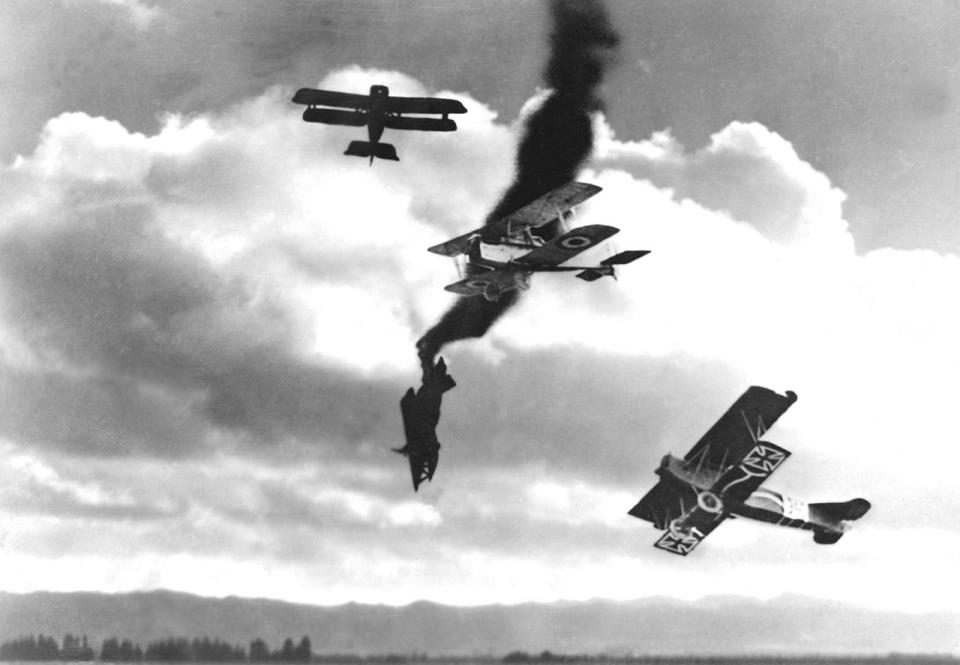
Howard Hughes was many things – an adventurer, an entrepreneur, a genius – but an advocate for health and safety he was not. His aerial epic World War I epic contains some of the most jaw-dropping flight sequences ever captured, and all less than 30 years after the Wright brothers first took to the sky – the automobile equivalent would be if 'Fast & Furious’ was released in 1913. Sadly, Hughes’s vision was too lofty and there were several fatalities during shooting: three pilots were killed during production, as was a mechanic working on the movie. Hughes himself nearly checked out early, crashing the aircraft he was piloting as he attempted to film a steep pullout - he wound up fracturing his skull and having to have facial reconstruction surgery.
'Twilight Zone: The Movie’ (1983)
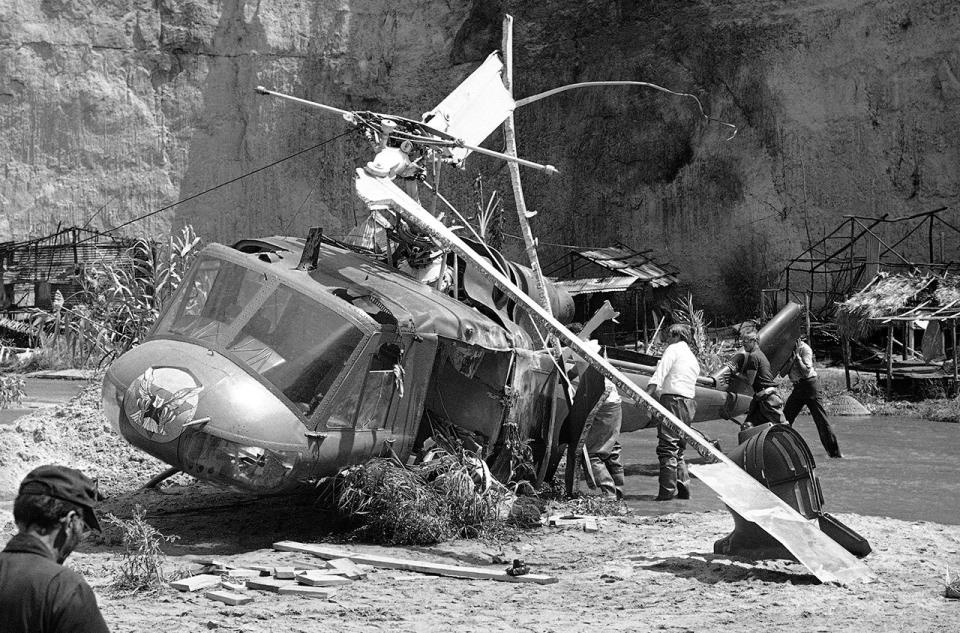
It’s the movie that changed Hollywood forever, but for all the wrong reasons. The movie anthology of the classic sci-fi show was forever tarnished when, on July 23rd 1982, a freak helicopter accident while filming led to the death of actor Vic Morrow and two child actors, who were later found to have been working illegally. The accident was caused when pyrotechnics were let off too close to the in-flight chopper, causing the pilot to make a crash landing; Morrow and the Vietnamese children, struck by the chopper blades, were killed instantly. Director John Landis and members of his crew were acquitted of manslaughter and though no one was found culpable for the deaths, the accident did lead to severe tightening of health and safety laws on movie sets.
'The Passion Of The Christ’ (2004)
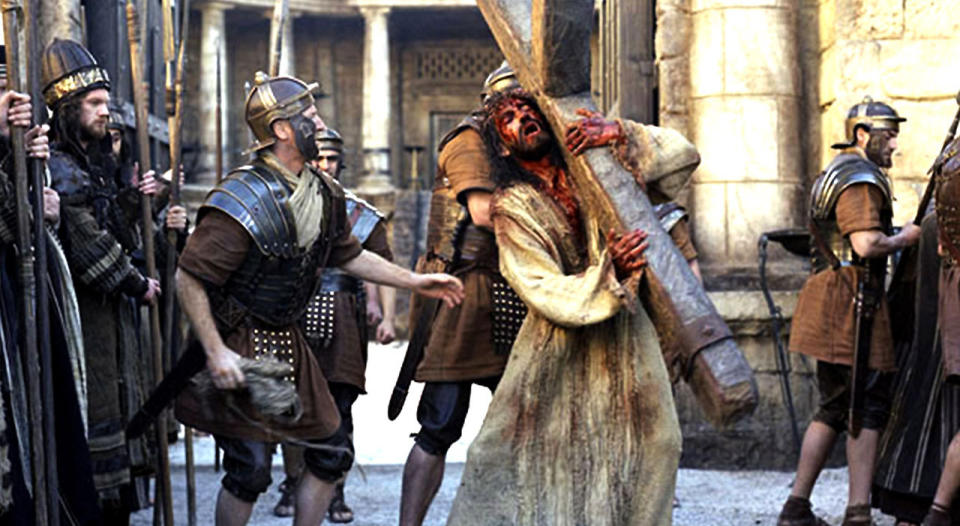
One does not play the Son of God lightly. Mel Gibson warned actor Jim Caviezel that playing Jesus in his film, 'The Passion Of The Christ’, would damage his career, but he couldn’t realise it would damage his health, too. Caviezel was subjected to severe physical torture while filming: he was whipped twice by accident, which left a 14-inch scar on his back; he dislocated his shoulder while carrying the 150lbs cross; he caught hypothermia filming at night in Italy (Jesus didn’t really do t-shirts); and most worrying of all, he was struck by lightning – tsk, everyone’s a critic, eh? The whole ordeal was so punishing on poor Jim, he had to have heart surgery when it was all over. Working with Mel Gibson is a total health hazard.
'The Wizard Of Oz’ (1939)
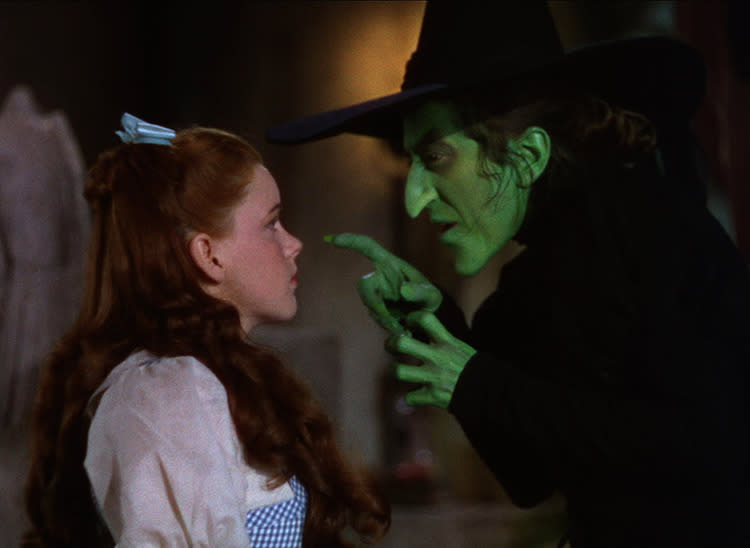
The super-happy fun-time technicolour classic? Dangerous? You better believe it: Oz was a real slog for the cast and crew. Proto-Tin Man Buddy Epsen had to drop out because the silver paint gave him respiratory problems, but replacement Jack Haley didn’t fare much better, suffering an eye infection. The actors in the flying monkey costumes all suffered nasty falls when the winch keeping them aloft snapped, sending them crashing to the ground. Margaret Hamilton, who played the Wicked Witch, suffered horrendous burns when a pyrotechnic explosion got too close and reacted to her face makeup. Even Terry, the dog who played Toto, got stepped on and almost died. All this time, we never knew 'The Wizard Of Oz’ was such a traumatic experience…
- Willy Wonka’s Darkest Moments
- Movie Quotes Everyone Gets Wrong
- Actors Who Hated Their Own Films
Image credits: Rex Features/PA

 Yahoo Movies
Yahoo Movies 
